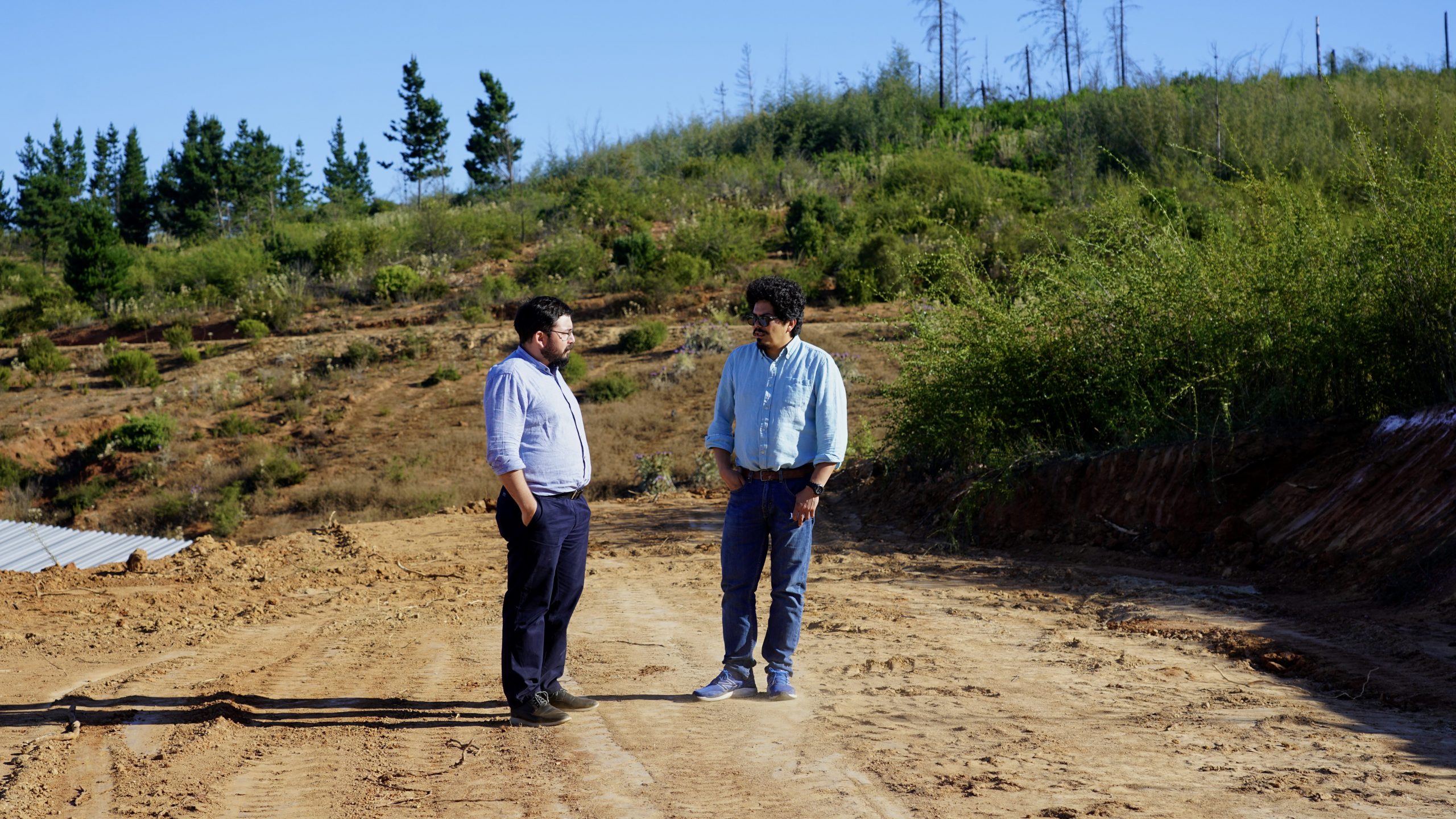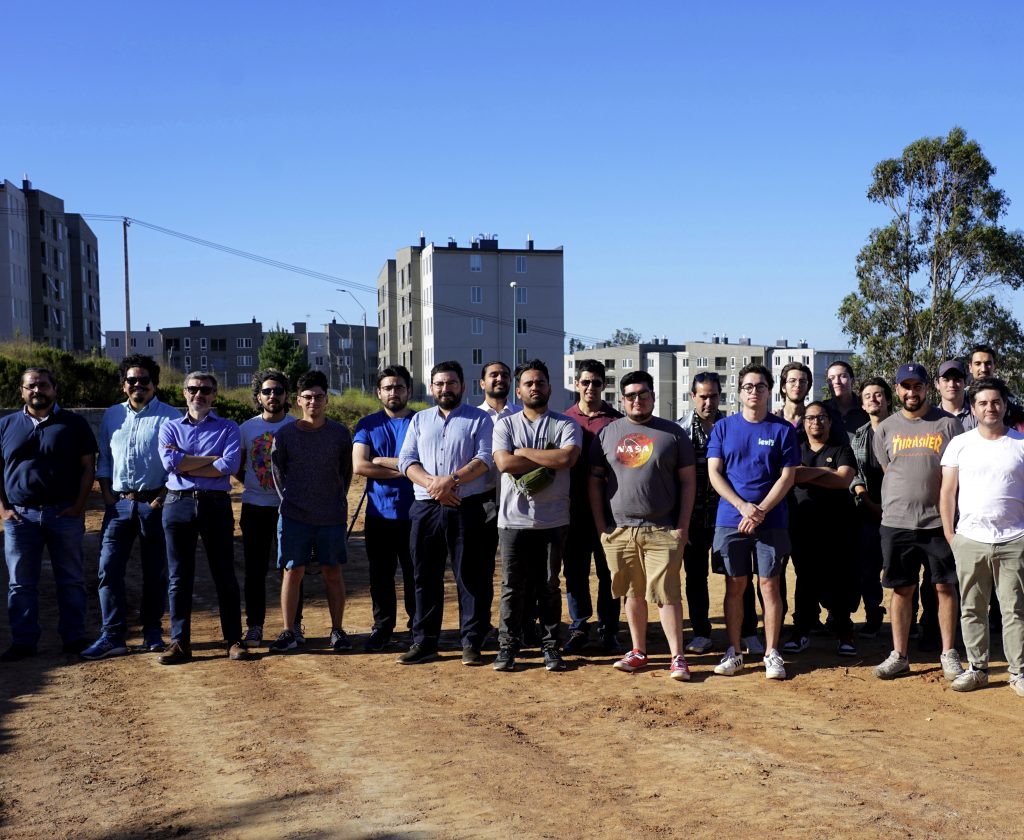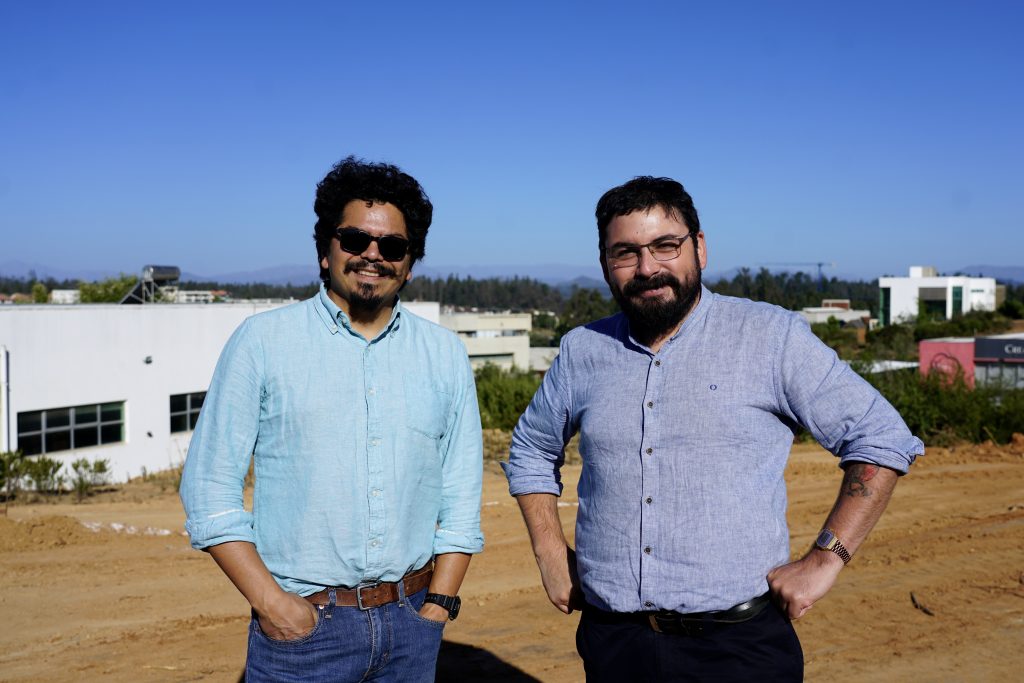The ground preparation for the first PUCV’s Optical Ground Station has already started on the Curauma Campus.
This milestone is part of the development of the ATE220022 Project Anillo awarded to Dr. Esteban Vera, a professor at the School of Electrical Engineering and director of the Optoelectronics Laboratory at PUCV. The project is funded by the Agencia Nacional de Investigación y Desarrollo (ANID).

This year, 2024, marks the second year of the SEETRUE project, which investigates and aims to apply cutting-edge adaptive optics for satellite communications and space surveillance. The project addresses the significant issue of space debris and the importance of understanding what is going on in our sky.
The installation of the first Optical Ground Station of PUCV on the Curauma Campus will take this type of observation to the next level. It will provide the best conditions to maintain cutting-edge equipment, including telescopes, mounts, cameras, and more, in optimal operation.

The initiative is led by the academic Esteban Vera and our Optoelectronics laboratory, Optolab, with the involvement of all the laboratories that are part of the project, mainly @SOL led by Dr. Darío Pérez from the PUCV Physics Institute, along with Spel by Professor Marcos Díaz (UCHILE), and IPL by Professor Pablo Meza (UFRO).
“Today, there is a large number of objects orbiting the Earth, including satellites and CubeSats. It is essential to know what is happening in our sky and to be able to retrieve the information they hold or use them to communicate from one point to another on Earth,” Dr. Vera pointed out.
“We will use Artificial Intelligence technologies to design optical systems, reducing the costs of optical hardware in exchange for computational hardware. These Adaptive Optics systems will be compact and cost-effective, allowing the mass adoption of this technology, achieving high-resolution images of satellites and high-speed communication with them,” explained the professor.

Arturo Osorio, Telescope Engineer for the project, is in charge of the implementation and installation stage of the Optical Ground Station. Regarding its purpose, he explains: “The new technologies developed in Optolab and other laboratories need to validate their on-sky performance. The University’s support and commitment to the project will allow us to do this and continue exploring more alternatives in the future,” he stated.
The SEETRUE Observatory will have a control room and two telescope systems. One of the key pieces for the research conducted there is the PlaneWave Ritchey-Chrétien telescope, which has a 50 cm aperture and is state-of-the-art for cutting-edge instrumentation.
It is expected that the first lights of the Observatory will be visible in May of this year. We will be announcing the progress of the project through our Anillo Project and the Optoelectronics Laboratory social media.
